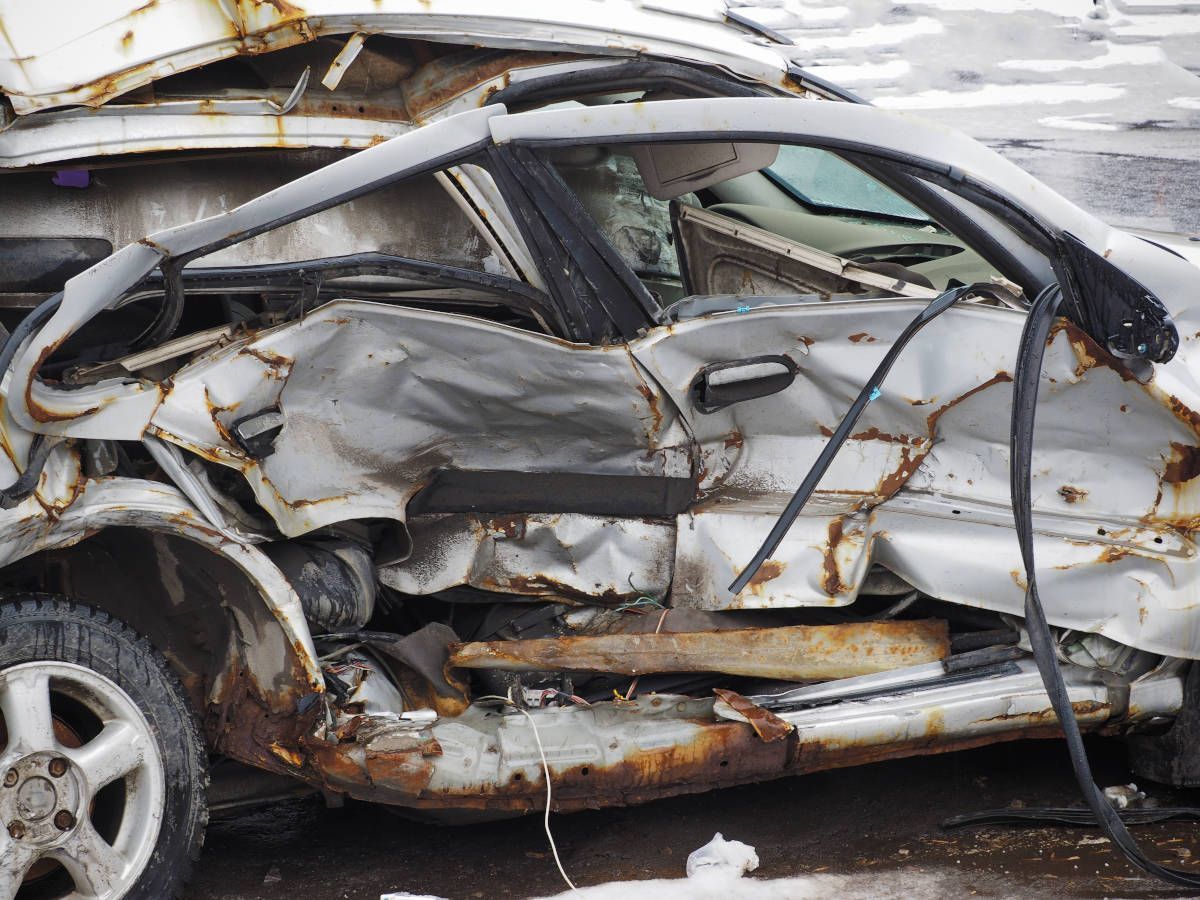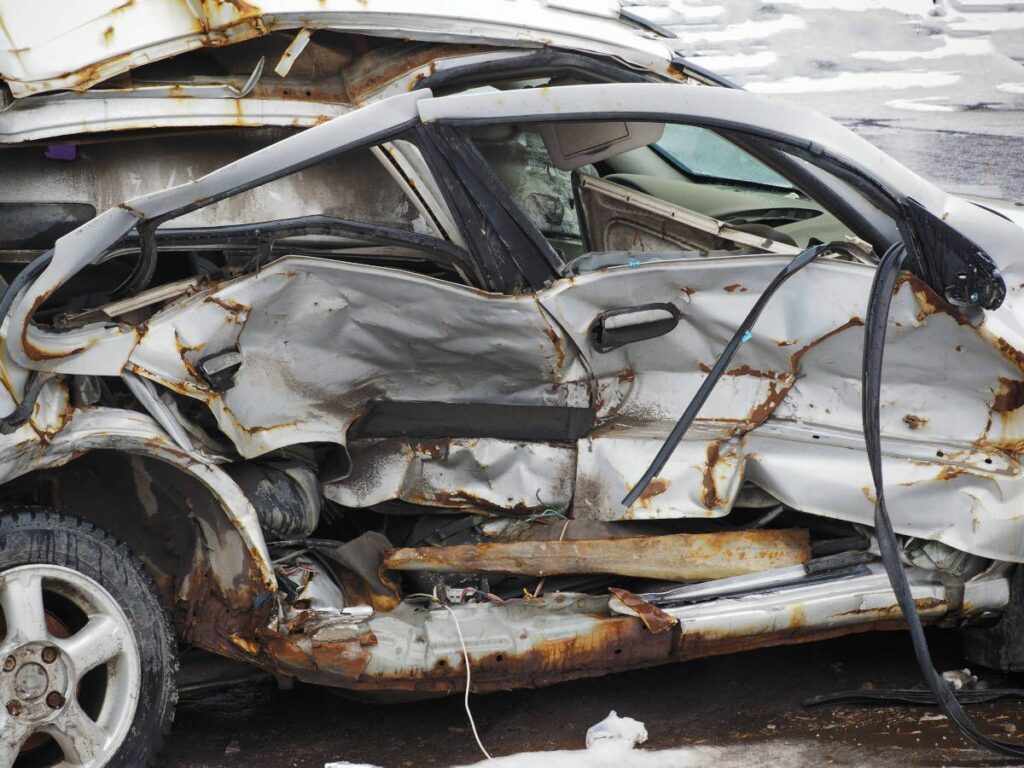Kids Dying Unnecessarily in Cars


Highway deaths have increased alarmingly in recent years and children are often the victims. In 2020, 607 children under age 13 were killed in motor vehicle crashes, according to Injury Facts.
Properly securing children in car seats that meet federal motor vehicle safety standards goes a long way in keeping them safe. But many state standards don’t meet the federal guidelines, something the National Safety Council says needs to be remedied. The NSC argues that child restraint systems should go beyond state requirements, because too often state laws are no match for the laws of physics.
But there’s not much individual parents can do about state laws, so here are some tips from the Safety Council that parents and caregivers can use to keep children safe in the car:
- If you’re pregnant, schedule a car seat installation with a certified child passenger safety technician before the child is born
- Children should ride in the back seat at least through age 12
- If your kids complain about wearing seat belts, don’t negotiate; don’t drive off until they buckle up
- Always be consistent and wear your seat belt; driver safety belt use strongly influences whether your child will buckle up
- All 50 states require child seats with specific criteria; here is a list of child passenger safety laws by state, but too often, state laws don’t go far enough
- The life of a car seat typically ranges from six to 10 years; be sure to identify the expiration date set by the manufacturer of the seat being used
- Recalls for child seat manufacturers for the past 10 years can be found here
- Air bags can save the lives of older children and adults, but they can be fatal for young children when not seated correctly, particularly in the front seat; never place a rear-facing car seat in a front seat near an air bag
- Always read instructions provided by the vehicle and car seat manufacturers for properly securing children in all seating positions.

Kids in hot cars
Children also die in cars that are parked, especially if it’s a hot day. Over the past 24 years, more than 900 children have died in all but three U. S. states, and deaths have occurred during every month of the year.
According to noheatstroke.org:
- 87% of children who have died were 3 years or younger
- 53% were forgotten by caregiver (477 children)
- 26% gained access on their own (234)
- 20% were knowingly left by caregiver (182)
- 1.5% were unknown (13)
Learn more about kids dying in hot cars.

Teens in hot cars
And then there’s the other hot car problem – the one involving teen drivers. Traffic accidents are the No. 1 cause of death for U.S. teens. According to Injury Facts, 2,142 teens were killed in vehicle crashes in 2018.
A teen’s biggest threat is the car sitting on the driveway. Unfortunately, many schools have phased out driver training, leaving parents to try to do it themselves or hire a private coach, who may or may not be qualified.
NSC and other organizations offer online driver training courses that may be worth exploring.

Nothing is more traffic than the loss of a child. It’s up to parents and caregivers to think safety every time they take an action that could bring harm to their child.
